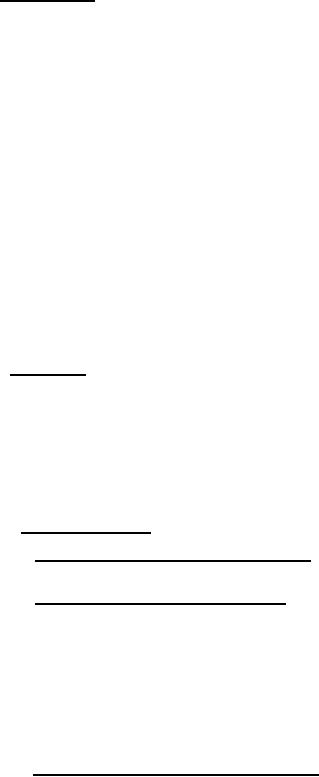 |
|||
|
|
|||
| ||||||||||
|
|  MIL-M-17413A(NAVY)
4.2.4.9 Commutation. - The inspector shall ascertain that the brush holders are equally spaced
t the brushes are set in the correct commutating zone, and that the setting
is permanently marked, that the brushes are well seated on the commutator, and that the commutator
itself has a smooth surface. Thereafter during the progress of the tests, the brushes and the commutator
shall remain untouched.
4.2.4.9.1 The inspector shall ascertain that practically sparkless commutation is attained by correct
commutating pole field strength and not by brush shift from the neutral or by commutating pole shunts.
Brush shift from neutral or the use of shunts across the commutating pole field terminals are not
acceptable. Proper correction of sparking requires a change in the commutating pole air-gap or the
commutating winding.
4.2.4.9.2 The observation of commutation will not, in general, require any special tests as such,
but will usually be made in conjunction with and during the progress of other tests. specific observation
of the commutation shall be made at approximately 150 percent load at rated voltage for one - half hour or
for the time necessary to heat the commutator to a temperature approximately 10 degrees above the
total commutator temperature, rated ambient temperature plus rise, permitted in table V, whichever is
shorter. Specific observation of commutation shall also be made at rated load, at rated voltage. Readings
of volts and amperes shall be taken. The test report shall indicate that commutation noise, and vibration
were observed. Figure 4 shall be used as a guide in determining satisfactory commutation. After shut-
down, the brushes and commutator shall be checked to determine whether there has been excessive wear,
pitting, or other injuries.
4.2.4.9.3 The commutation shall be observed at the same speed, within permissible variations, in
both directions of rotation, except for motors whose operation will be in one direction only.
4.2.4.10 Overspeed. - Each motor shall be subjected to the following overspeed test for a period of
not less than 5 minutes. Government inspector shall check for noise, balance, and smoothness of
running during the test, for loose solder, and for evidence of distortion, injury or noticeable change in
the condition of the commutator bars, balance weights fans windings, or any part after shutdown.
4.2.4.10.1 Motors except submarine motors the overspeed tests shall be made at a speed not less
than 25 percent above the maximum no-load speed of the motor. On varying speed motors which do not
have a definite no-load speed the test shall be made at not less than 100 percent above the rated full-load
speed of the driven auxiliary or at the maxim urn normal operating speed of the driven auxiliary, which-
ever is higher.
4.2.4.10.2 Submarine motors. -
4.2.4.10.2.1 For motors not requiring a field rheostat. - The overspeed test shall be made at the
speed 10 percent above the maximum warm no-load speed of the motor at maxim urn voltage.
4.2.4.10.2.2 For motors requiring a field rheostat. - The overspeed tests shall be made at the speed
attained under the following conditions:
(a) Sufficient resistance shall be added to the field circuit to increase the field
rheostat resistance to 110 percent of the rated value of the field rheostat
designed to be used with the motor. This additional 10 percent increase
in resistance is to allow for the variation in the manufacture of field
rheostats.
(b) Sufficient addtional resistance shall then be added to the field circuit so as to
increase the speed of the motor to 110 percent of the speed attained alter the
conditions in (a) above have been complied with.
4.2.4.10.2.3 Motors not having a definite no-load speed. - The test shall be made at not less than
100 percent above the rated full-load speed of the driven auxiliary or at the maximum normal operating
speed of the driven auxiliary, whichever requires the higher test speed.
36
|
|
Privacy Statement - Press Release - Copyright Information. - Contact Us |